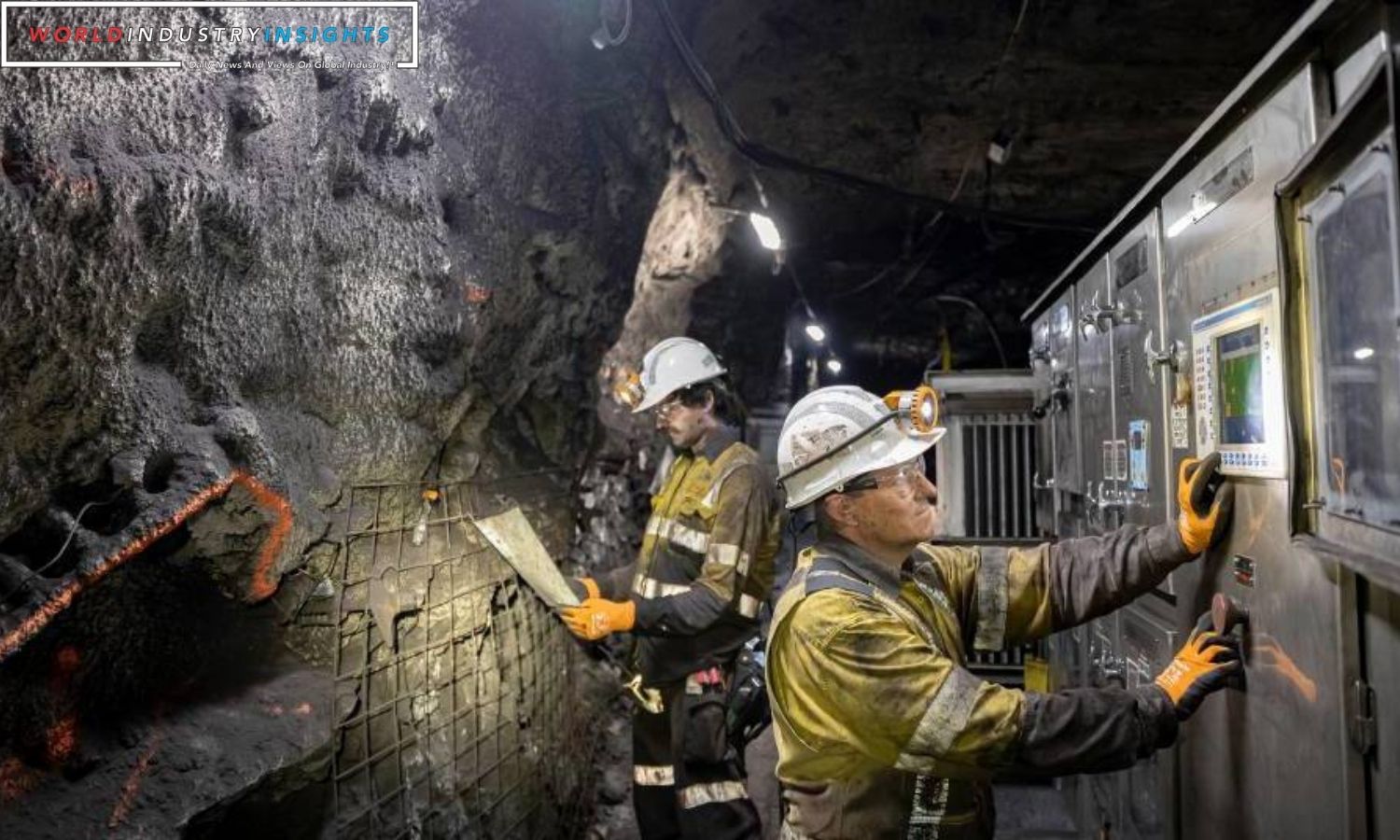South32 Appin Mine Strike: The Collieries’ Staff and Officials Association (CSOA), an Australian trade union, shockingly announced on Tuesday that South32’s Appin mine managers will extend their work stoppage for another week. The turn of events surprised everyone. The strike, originally scheduled for August 25, will now finish on September 1.
Neither side is willing to concede that wage hikes are the only issue in this developing battle. The union’s demands focus on work-life balance. The union emphasizes the need of a weekend schedule and guaranteed vacation days.
The CSOA’s comment highlights the larger issue of working conditions and labor rights in modern business. “Today, work-life balance is crucial. An informed worker rights specialist remarked, “Every worker, no matter what position they hold, has the right to time off and a predictable work schedule.”
CSOA Lead Organizer Belinda Giblin said the union is disappointed that South32 hasn’t offered a credible offer that meets their concerns yet. Silence can tell a lot in this scenario. It demonstrates a rising difference between management’s fair pay and the union’s for workers.
South32 explained how their mining supervisors’ routines had changed. According to their statement, managers work three days on and four days off, or vice versa. The corporation also noted that the proposed workplace agreement will raise wages 6.3% this fiscal year.
South32 explained how it handles government-recognized holidays. Supervisors who work on these special days get greater notice and a base pay boost in addition to the higher rates. This illustrates South32’s commitment to recognizing and honoring workers’ extra efforts during key personal and family occasions.
A business representative told Reuters that some areas of the Appin mine in New South Wales, which is well-located, would halt working during the strike. This non-operational position shows how the strike damaged South32’s productivity, the mining industry, and the local economy.
Read More: Meta Threads web version Strategy to Regain Digital Foothold
Negotiations are more vital than ever as the strike nears its worst point. On Wednesday, representatives from both sides will try to have a productive conversation. The massive South32 may be under pressure to produce an answer quickly even though the CSOA hasn’t revised its demands.
This meeting could set a standard for future labor disputes in mining and other industries. Every decision made in this room will affect the firm as a whole, which could influence how employees work together. This is why people worldwide are paying notice.
This fight highlights a global issue that needs to be addressed. Reevaluating values is becoming increasingly important as organizations grow and seek new revenue streams. People are the most crucial component of many enterprises, thus focus is shifting from money to them. Modern business ethics are based on employee rights, work-life balance, and fair remuneration.
CSOA’s campaign against the Appin mine and its managers resonated with workers worldwide who demand improved working conditions. South32 and CSOA are negotiating perks and demands. This illustrates the conflict between big companies and unions.
The deadlock is likely, but both parties have a rare chance to resolve it. They can create a peaceful discussions plan that balances company earnings and employee well-being. Thus, Wednesday’s meeting may set the tone for future business-labor interactions.
Investors, workers, and competitors are holding their breath as the meeting approaches. Whether or not a settlement is achieved will affect several industries and may influence worker rights and business responsibilities.
In the end, the Appin mining fight isn’t local. It’s like a tiny version of the global workers’ rights and business conflict. The story’s ending will either demonstrate the importance of mutual respect and understanding or teach us how to avoid similar issues.
Our Reader’s Queries
How many miners died in the miners strike?
The miners’ strikes resulted in a total of eight deaths, which included picketers, workers, and a taxi driver.
Was the coal miners strike violent?
Although the majority of pickets during the strike remained peaceful, there were instances of violence against miners who continued to work. These reports of aggression were present from the start of the strike.
Who led the United Mine Workers through the 5 1 2 month long anthracite coal strike of 1902?
At just 28 years old, John Mitchell rose to the presidency of the United Mine Workers in 1898. He set his sights on replicating his success in the Pennsylvania anthracite or hard coalfields.
What was the famous coal miner strike?
In 1902, the United Mine Workers of America went on strike in the anthracite coalfields of eastern Pennsylvania. The Coal strike, also known as the anthracite coal strike, was a result of miners demanding higher wages, shorter workdays, and recognition of their union.


